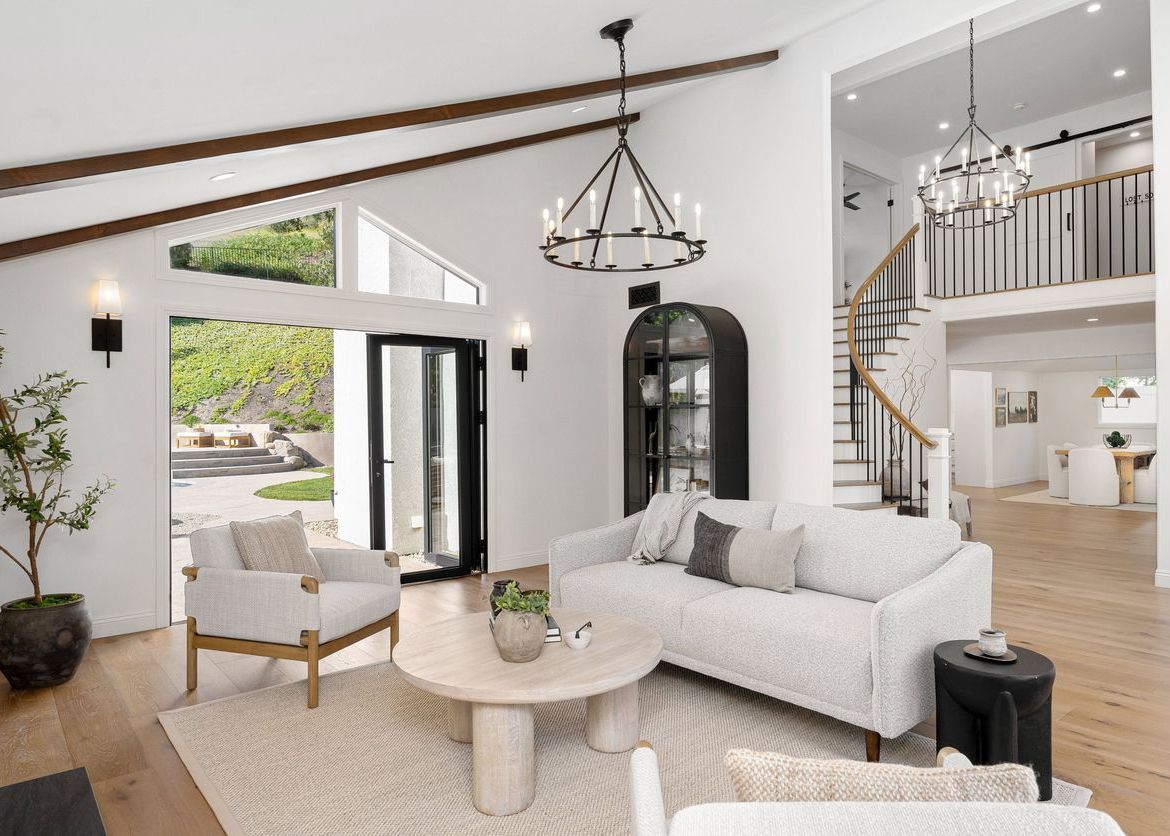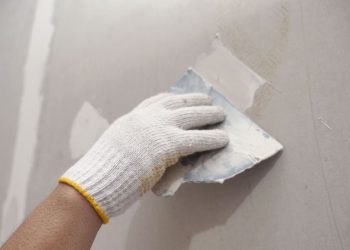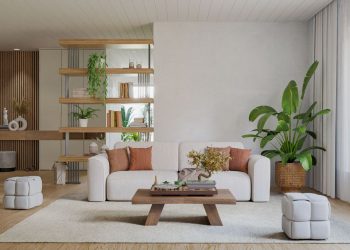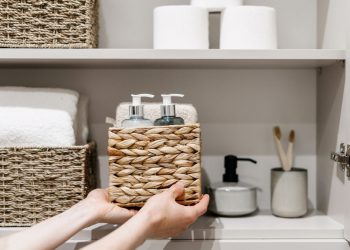A home’s functionality, layout, structure, and aesthetics are essential to most homebuyers. However, when you tour properties, you may fixate on minor cosmetic features, such as the carpet, light fixtures, or paint colors. While these features can be easily updated, other features can’t. Viewing a home through a designer’s eye can help you buy one with the best layout, most natural light, the ability to update or customize spaces, and one-of-a-kind details. Read on to find out what to look for when buying a home through a designer’s eyes.
The flow of the space
The flow of a house means how connected a home feels and how easily you can navigate from room to room and within each room. Areas to assess:
- How the rooms feel connected to each other
- Envision the traffic patterns, and how people will move through the space. Pay attention to the kitchen layout, and how you move from the kitchen to frequently used spaces, such as the family room or great room, butler’s pantry, and dining room.
Room sizes and proportions
Walk through each room to get a feel for its sizes and proportions, assess the amount of furniture you need to comfortably fill the space, and determine whether the ceiling height feels comfortable to you.
Pay attention to natural light
Natural light is a priceless home attribute. Assess the amount that shines through each space and the size and placement of windows.
The ability to customize
Not every home will be entirely move-in ready, whether it’s a need or a personal preference. Assess the wall structure to determine if you can remove or add walls or casing to have a layout that meets your needs. Knowing which walls are load-bearing is helpful if you intend to make any renovations. Also, pay attention to the finish selections to determine if you can easily update the wall coverings or paint, flooring, and fixtures, such as lighting or hardware.
Assess the quality
Assess the home’s foundation and structure for issues that could result in significant renovation projects. Inspect the windows, doors, and roof as well. Also, pay attention to the quality of the existing finishes to determine if they need to be updated. This means looking closely at the condition of the wood or tile flooring, checking the cabinetry and countertops for chips and damage, and assessing the quality of the hardware, such as the door handles, light fixtures, and cabinet pulls. Brushed nickel hardware may indicate a lower-quality selection, while unlacquered brass or polished nickel can signal that this hardware is higher-end.
Creatively view flex spaces and design opportunities
A designer will walk through a home and imagine the potential, not the face value. For example, consider how the additional bedroom can meet your needs if there are five bedrooms and you only need four. Or, if there is a large playroom in the basement, think about how you can divide that space into two and gain both a wine cellar and a wellness room. Unique spaces like sunrooms, hidden rooms under stairs, nooks, and lofts all offer creative design opportunities.











